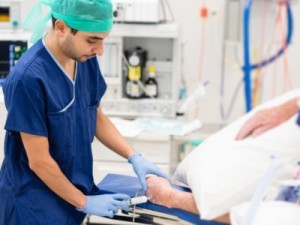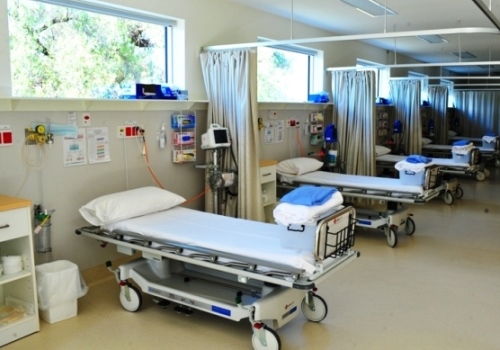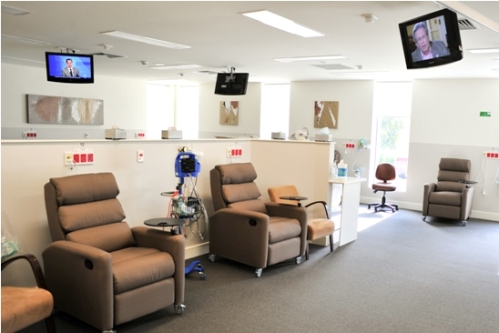Modern anaesthetics for day surgery procedures are planned to allow rapid postoperative recovery. We want to ensure that you are awake, comfortable and able to eat and drink without nausea as soon as possible after the procedure so that you can go home.
Your Anaesthetist will meet you to discuss your anaesthetic before your procedure. Having an anaesthetic does not necessarily mean that you are “asleep”. There may be alternatives to a “general” anaesthetic, depending on the type of procedure you will be having and to your specific needs.
Your Anaesthetist will
- Take care of you while you are unconscious and unable to do so for yourself
- Minimise pain, discomfort and any psychological stress related to your procedure, and
- Provide your surgeon with the best operating conditions to ensure the best possible result with your surgery
Your Anaesthetist will review the paperwork you completed prior to your admission. They willl ask you questions and examine your teeth, airway, heart and lungs.
They will need to know about:
- previous medical problems
- tablets or medications that you are taking, and any allergies and previous adverse reactions to medication
- any problems with previous anaesthetics
- smoking and drinking habits
- indigestion or gastric reflux
- previous dental work

What type of Anaesthetic can I have?
- Sedation
Sedation is given intravenously to relieve anxiety and help you relax during minor procedures and diagnostic tests. Your Anaesthetist administers the sedation and monitors your vital signs. You may have an oxygen mask on your face. You may be aware of your surroundings and hear the operating theatre team at work. - Local Anaesthetic
The area of the body undergoing surgery is made numb with an injection of local anaesthetic. Sedation may also be given. You are awake and aware of your surroundings. The local anaesthetic may last for several hours after the procedure, providing pain relief after you go home. - Regional Anaesthesia
Anaesthetists are specially trained to administer regional anaesthesia or “nerve blocks”, which are a safe and effective means of ensuring pain free surgery while avoiding the need for a general anaesthetic.
Local anaesthetic is injected close to the nerves to make the area numb. An arm, hand, leg or eye can be made numb. An epidural or spinal anaesthetic injection into the lower back can make the lower half of the body numb (although this type of anaesthetic is not often used for day case surgery). A “nerve block” is often done under sedation for your comfort and may last for several hours after the procedure. - General Anaesthesia
You are asleep for the procedure, and not aware of what is going on. This is what most people think of when they think of “an anaesthetic”.
The Anaesthetist gives you an injection which puts you into a carefully controlled state of unconsciousness. The Anaesthetist monitors your blood pressure, heart, oxygen levels and general wellbeing during surgery. The depth of the anaesthetic can be adjusted to suit the requirements of the surgery. Intravenous fluids and medication are given as needed. Local anaesthetic may be injected at the incision site to numb the area so that when you wake you will have lasting pain relief.

The Recovery Room
When the Procedure has finished you will be taken to the first stage Recovery Room where specially trained Recovery Room nurses will take over your care.
When you wake up after a General Anaesthetic your first recollection is usually of the first stage Recovery. You will stay here until you are safely awake. You may need to stay in second stage Recovery for some time until any pain and nausea are controlled.
After a General Anaesthetic or sedation you will need someone to drive you home after the procedure and stay within the first postoperative night.


